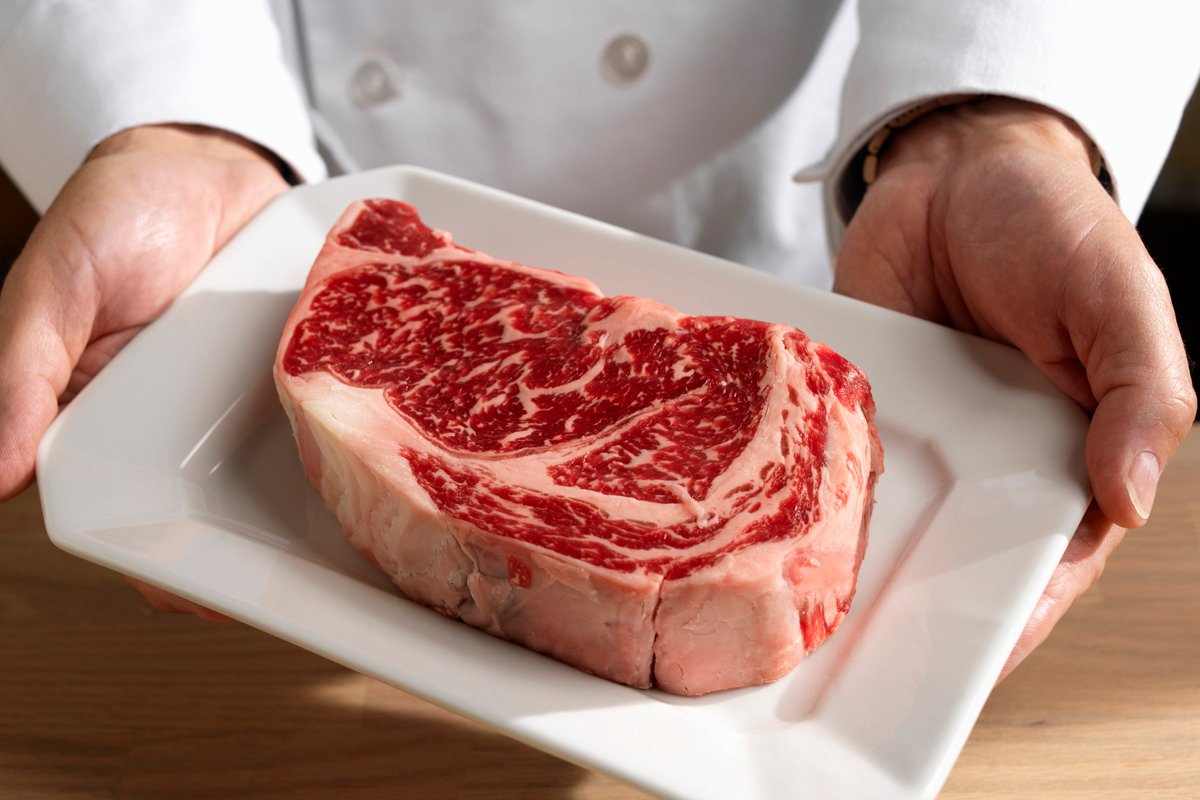Finding out how much is too much, and whether we should eat it at all
Tess Gibney
A recent study published by health researches at Harvard University has revealed that an over-consumption of red meat during young adulthood is linked to a 20 per cent increase in the risk of developing breast cancer.
The study, which followed the dietary habits of 88,000 women between the ages of 26 and 45, is the latest in a spate of research that indicates diets laden with animal protein may not be as sustainable as was originally imagined. The consumption of red meat is stereotypically Australian and tied somewhat to notions of our identity (think back to famous advertisements like ‘Eat Lamb this Australia day’), however, the revelation that reduced consumption of animal proteins is a healthier choice may come as a shock to our nation of meat eaters.
According to a 2012 report released by the Australian Institute of Health and Welfare, Australians eat almost three times as much meat as the world average – with 90 percent of people aged 16 and over failing to eat the recommended five serves of vegetables each day. With connections to incidences of heart disease and varying forms of cancer, it’s time to weigh in on this ongoing debate and learn how much red meat we really should be throwing on our weekly barbie.
Portion control
Milena Katz, a spokesperson for the Dietitians Association of Australia, believes the problem lies within the portion.
Three serves of around 80 to 110 grams of meat per week is the recommended Australian dietary guideline, but Katz says many families still exceed that by a large amount – with men especially likely to eat a large piece of steak in one sitting.
“Despite the guidelines being quite clear, visually, people aren’t really getting there,” Katz says. “An [ideal] serving of red meat would be the size of a 10 year old child’s hand, or, if it were an adult, the palm without the fingers.”
Do we need to eat red meat?
Ever complained of feeling tired and had someone tell you that you simply “need to eat more meat”? If you have, you’re probably not alone. The general assumption is that a diet devoid of meat zaps you of energy and leads to fatigue; and that meat is the only way to consume appropriate sources of iron and zinc. This, however, is not entirely true; and many health professionals are adamant that vegetarian diets (as well as diets low in animal proteins) are generally considered adequate in their provision of essential nutrients.
Researches in the Cell Metabolism Journal reported in March 2014 that a low-protein diet was one answer to controlling longevity. With a high-protein diet being defined as 20 per cent of one’s calories coming from protein; a moderate protein diet made up of 11 to 19 per cent of calories; and low protein diet consisting of less than 10 per cent protein; the team calculated that by reducing protein from moderate to low would cut the risk of death by 21 per cent. The study found that people aged 50 to 65 who ate high protein diets were four times more likely to die of cancer.
Despite these findings, it is important not to demonise the consumption of red meat. Due to the epidemiological nature of the study, it is worth noting that such research only highlights associations and connections rather than direct causality, and that the benefits of eating red meat – in moderation – are still clear.
“Well, you get the zinc, the iron and the protein. A lot of women who have heavy periods are often on the lower end with their iron [levels] … and [red meat] is a way to recoup some of that iron and zinc. Unless women are eating a lot of oysters and seafood, zinc is really hard to get,” Katz says.
“Red meat is quite a good source of zinc, though there are plenty of other ways to get that [mineral]. But because red meat has haeme iron, it’s easier to absorb than non-haeme iron which comes from lentils and [vegetables]. It’s a quick and easy way to absorb it for the body as it’s in an easy presentation and the gut knows what to do with it.”
Who should eat red meat and what types of red meat should we, and shouldn’t we, eat?
“Menstruating women are the main people who need to eat red meat,” Katz says. “All other people can get their protein for a variety of other sources, including eggs, fish, tofu, cheese and lentils. Anyone who is likely to be anemic should seriously consider eating red meat.”
And what types of red meat should we avoid eating? “Always processed meat,” she says. “This includes salami, ham and bacon – all of which are full of preservatives. There has been some evidence found between processed meats and a link to stomach cancer.”
“Any lean cuts of meat are fine, even if they’re cheaper cuts,” she says. “If they’re still lean, it’s ok.”
Although it shouldn’t be a mainstay of the average Australian’s diet, the Heart Foundation of Australia still maintains red meat is acceptable to eat a few times a week. By removing visible fat from meat before consumption, and sensibly choosing how we cook it (steaming, baking, grilling and stir-frying is good, whereas deep frying and, unfortunately, barbequing are bad) we can make healthier choices for our future.












